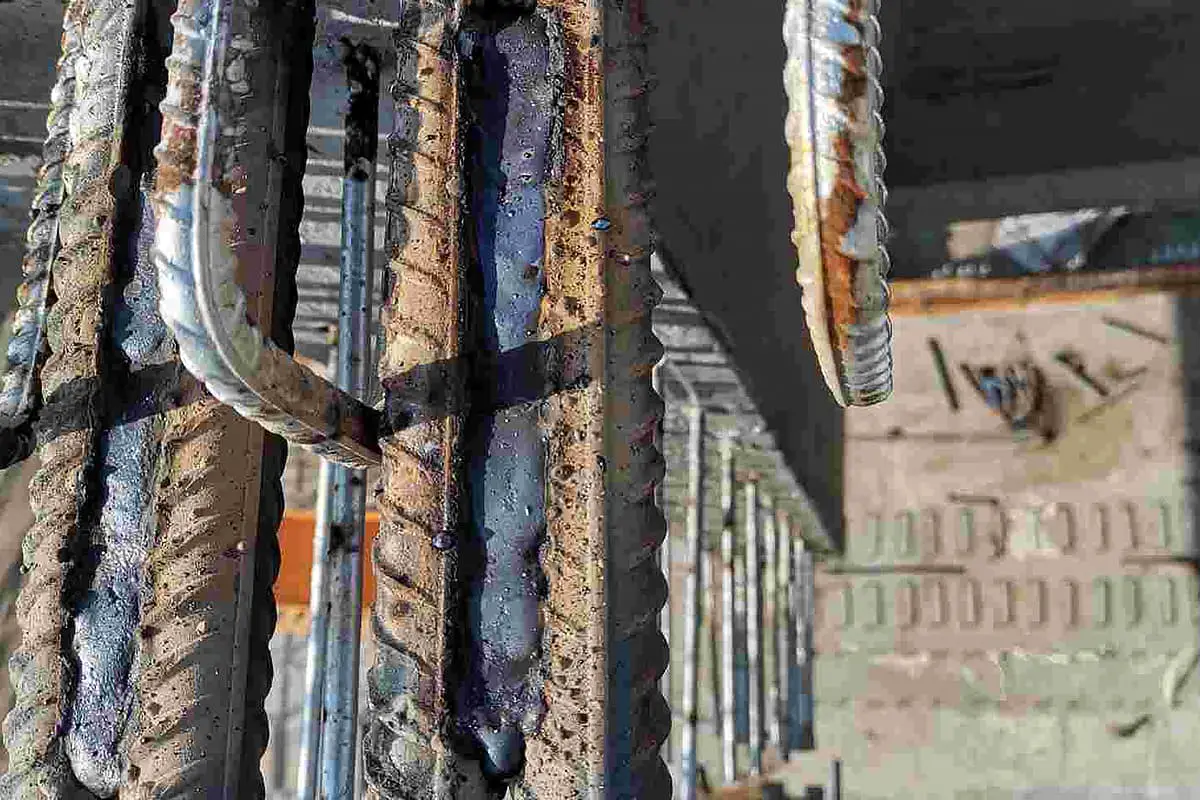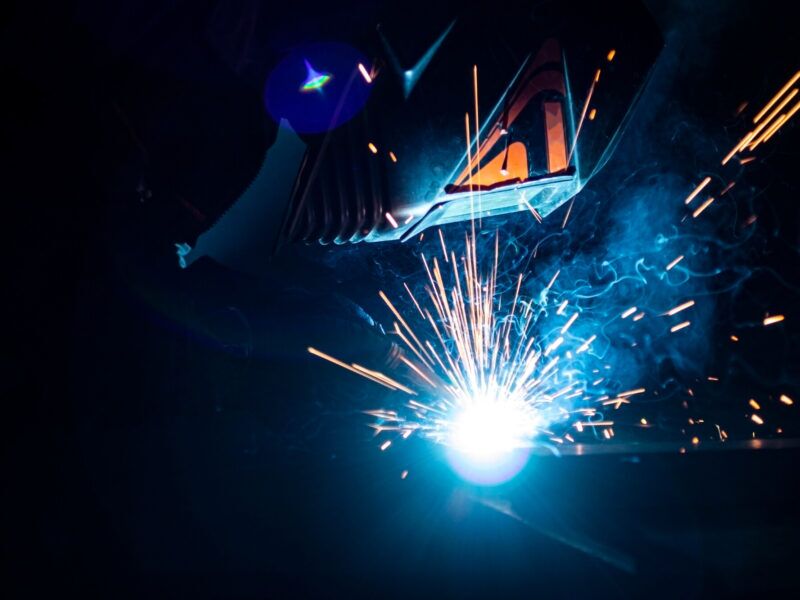Professional Methods for Preventing Weld Undercut Successfully
Professional Methods for Preventing Weld Undercut Successfully
Blog Article
Understanding the Causes and Solutions for Undercut Welding in Metal Manufacture Procedures
In the world of metal fabrication processes, the occurrence of undercut welding presents a significant challenge that demands an extensive understanding of its causes and sensible remedies. The complex interplay of various elements throughout welding procedures can lead to this undesirable phenomenon, affecting the architectural integrity and total high quality of the bonded joints - Preventing weld undercut. By exploring the origin creates of undercut welding and checking out efficient therapeutic procedures, producers can elevate the criterion of their handiwork and guarantee the manufacturing of flawless metal parts
Typical Sources Of Undercut Welding
Regularly neglected in steel manufacture, undercut welding takes place as a result of various factors that require thorough focus and proficiency to be effectively minimized. One common source of undercut welding is excessive warmth input. When the heat input is too expensive, it can cause the melting and subsequent disintegration of the base product along the sides of the weld joint, creating a groove or undercut. Furthermore, inappropriate welding methods, such as making use of the wrong welding angle or travel speed, can additionally add to damage formation. Inadequate protecting gas insurance coverage is another key aspect that can cause damaging. Inadequate gas coverage stops working to shield the weld pool effectively, leading to oxidation and undercut problems. The selection of welding specifications, such as voltage, present, and cable feed speed, plays a considerable duty in the incident of undercut welding. Recognizing these typical causes is important for applying safety nets and ensuring premium welds in steel fabrication processes.
Impact of Incorrect Welding Parameters
Incorrect welding criteria can considerably endanger the honesty and top quality of bonded joints in metal construction processes. The effect of incorrect welding specifications materializes in various methods, causing architectural weaknesses and problems in the bonded parts. One essential aspect influenced by incorrect welding parameters is the infiltration depth of the weld. Not enough warmth input due to low welding currents or exceedingly high travel rates can lead to inadequate combination between the base steels, leading to insufficient joint penetration and weakened bonds. On the other hand, excessive warm input brought on by high welding currents or sluggish travel rates can cause burn-through and excessive reinforcement, developing a breakable and unstable weld framework. Additionally, inaccurate criteria such as inappropriate voltage setups or incorrect electrode angles can add to erratic weld bead profiles, lack of blend, and boosted opportunities of issues like damaging. For that reason, meticulous attention to welding parameters is critical to make sure the production of premium welds with the preferred mechanical buildings and structural honesty.
Impact of Improper Torch Angle
Incorrect torch angle in welding procedures can dramatically affect the high quality and integrity of the last weld joints in steel manufacture procedures. The torch angle plays a vital role in figuring out the warmth input and circulation throughout welding. When the lantern angle is incorrect, problems such as undercutting can occur. Damaging is a typical welding issue where a groove creates along the weld toe, damaging the joint and compromising its structural honesty.
A torch angle that is also steep can bring about insufficient penetration, incomplete fusion, and increased spatter. On the various other hand, a lantern angle that is also superficial can cause too much infiltration, burn-through, and distortion of the base product. Preventing weld undercut. Proper torch angle is essential for making certain regular weld quality, strength, and appearance
To stop damaging and other issues triggered by incorrect lantern angles, welders should be educated to keep the right lantern angle throughout the welding procedure. Normal monitoring and modification of torch angles throughout welding can help attain audio welds with minimal flaws.
Role of Inadequate Welding Strategies

An additional aspect of insufficient welding techniques is improper weld prep work. Poor cleaning of the base steels, inaccurate joint layout, or not enough side preparation can all contribute to undercut welding. Moreover, inadequate securing gas protection or making use of the incorrect kind navigate to this website of gas can lead to insufficient combination and the formation of undercut problems.
To deal with the function of poor welding strategies in metal construction processes, it is necessary to supply extensive training for welders. Appropriate education on welding parameters, joint prep work, and shielding gas option can assist prevent undercut welding and make certain top quality welds in steel construction projects.
Efficient Solutions for Undercut Welding
Resolving undercut welding in metal construction requires applying efficient remedies to improve weld quality and structural honesty. Among the key solutions to fight undercut is to change welding specifications such as voltage, current, and take a trip rate to make sure appropriate warmth input and combination. By fine-tuning these settings, welders can protect against extreme melting of the base steel and filler product, reducing the probability of undercut development.
Additionally, correct joint preparation is critical in stopping undercut. Guaranteeing clean base metal surfaces without contaminants and using the appropriate bevel angle can help advertise far better weld penetration and reduce the danger of undercut - Preventing weld undercut. Using suitable welding strategies, such as weaving or oscillating the lantern, can additionally help in dispersing heat evenly and filling up the weld joint adequately, reducing the possibility of undercut problems
Moreover, choosing the correct welding consumables, including electrodes and filler steels, is essential in minimizing undercut. Using materials with visit homepage appropriate chemical compositions and mechanical properties can contribute to achieving sound welds with marginal undercut. Regular assessment and quality assurance procedures ought to likewise be implemented to discover and deal with undercut issues quickly, guaranteeing the general honesty of produced metal elements.

Conclusion
In conclusion, understanding the reasons and services for undercut welding in steel manufacture procedures is vital for attaining top quality welds. By addressing typical causes such as incorrect welding criteria, incorrect torch angle, and inadequate welding techniques, welders can stop undercutting and make certain solid, long lasting welds. It is vital to pay attention to these variables and execute efficient remedies to improve the total welding procedure and end product high quality.

Report this page